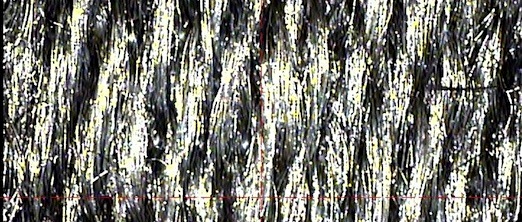Current projects

High Performance Flexible, Fabric Electronics (MegaHertz Communications)
Supervisor(s): Dr Rob Seager
Yiannis Vardaxoglou and Rob Seager, Loughborough University
This research is developing new technologies capable of creating wearable, flexible yet functional antennas and associated electronics able to perform in even the harshest environmental conditions. The technology has multiple applications in the aerospace, defence, search and rescue, healthcare and sport industries. This particu- lar project is focusing on overcoming the technical challenges of the generic technology and in proving the technology in the context of search and rescue. Monopole antennas associated with search and rescue technol- ogy are acknowledged to be cumbersome; prone to breakage and potentially even a source of additional risk to the user e.g. they have pierced life rafts. This new technology will be expressed in demonstrator antennas that integrate into flexible, wearable fabric, miniaturising the technology and making it discrete, easy to use, robust, reliable and cost effective. A team of academics, manufacturers and textile specialists have come together to examine every characteristic of the technology and identify and overcome challenges to its refinement. These challenges include key milestones such as the identification of the most suitable material to connect the antenna and the minimisation of interference from the body of the ‘wearer’ of the antenna. The team is focusing on developing a technology with due consideration to such manufacturing related issues as sustainability, quality control, cost, and complexity of manufacturing process.
The project will deliver research and technology infrastructure that has been rigorously tested and designed not only to meet the needs of the end-user but also to be capable of being manufactured by a process which meets the criteria of best practice in the industry – sustainable, cost-effective, and of the highest quality. The technol- ogy has the potential to spread to a number of industry sectors and these opportunities are also being explored and defined. New markets might include antennas in clothing for vulnerable people such as dementia patients and young children. The device could also be integrated into the packaging of emergency aid drops to assist people on the ground to locate emergency supplies or adapted further to integrate into remote patient monitor- ing devices to enable patients to remain at home.
The research’s primary goal is to research and test the capability of the technology through the design of a fabric-based antenna capable of maintaining a strong radio signal, even when the antenna is slightly bent verti- cally, horizontally or diagonally and send location information to a remote control centre. This demonstrator will also be subject to challenging environmental testing to ascertain the limits of the technology’s performance. The objectives of this project will be achieved by a team approach, ensuring that the expertise and industry insight of each partner is fully utilised. An initial step will be to fully understand the capabilities of the antenna using computer simulations. A wide-range of testing scenarios will be simulated and investigated. These will include extremes of temperature, precipitation and salination. The results will be used to inform the development of representative samples that can be further tested and measured. This detailed process will feed into the pre- production prototyping drawing on the expertise of our industrial partners in manufacturing and the academic specialists in textile fabrication at Nottingham Trent University. Laboratory and pre-production prototypes will be repeatedly tested and refined until optimum capability is reached. This is an iterative process that will undoubtedly reveal new challenges along the way leading to further lines of enquiry.
